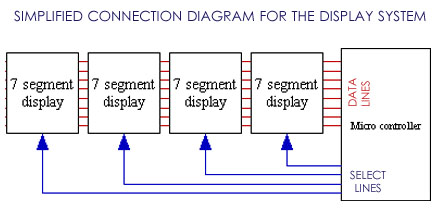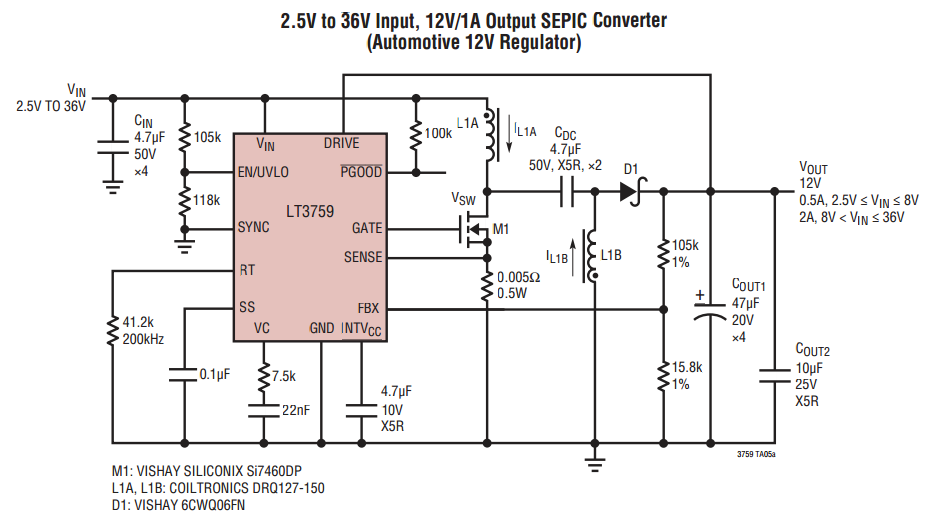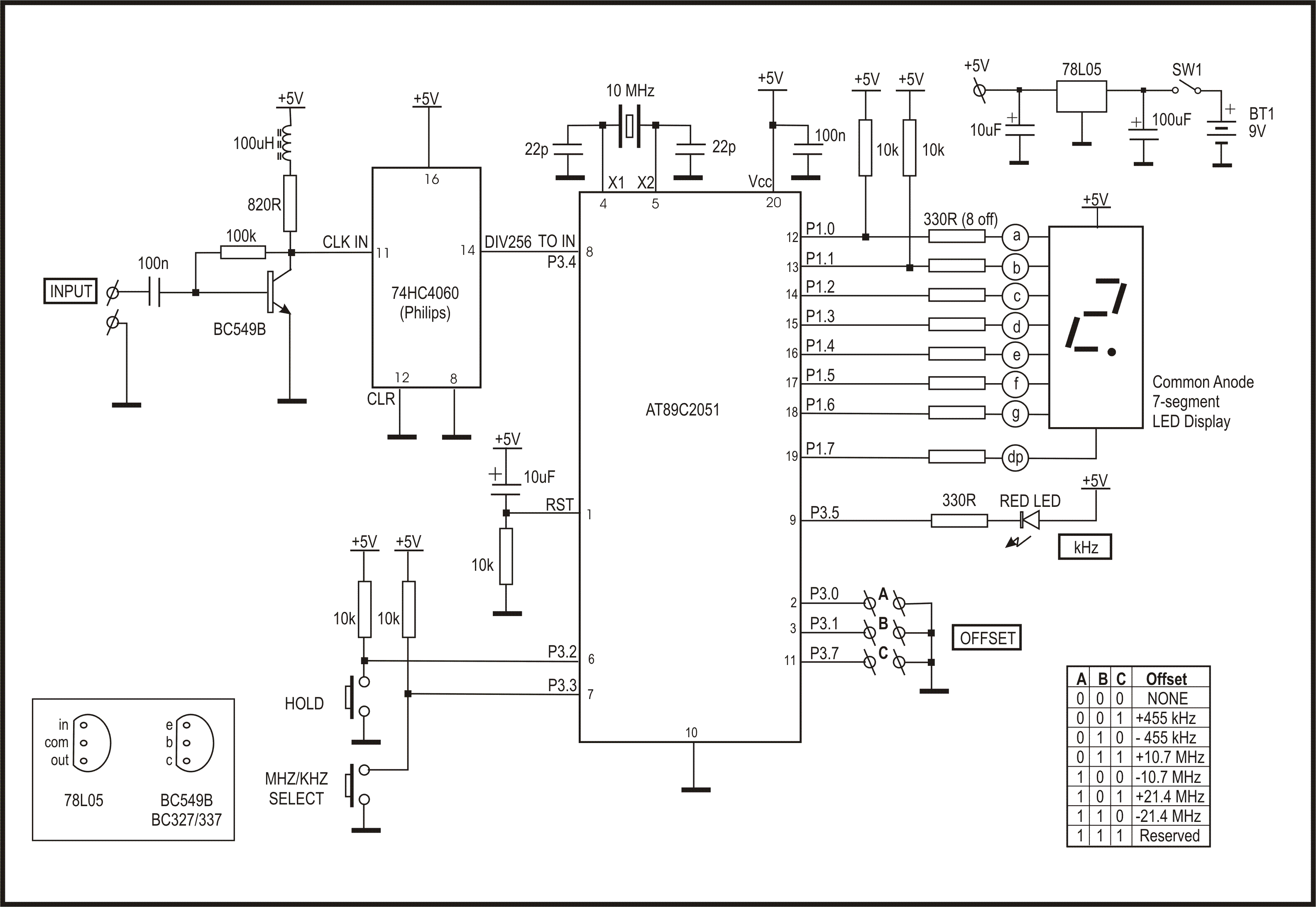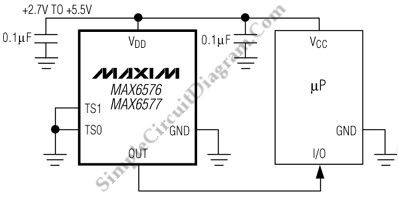
PLL Frequency Synthesizer
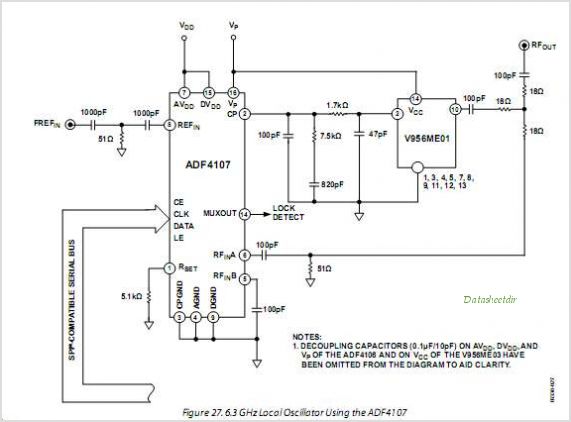
The ADF4252 Fractional-N Synthesizer, when paired with a Voltage-Controlled Oscillator (VCO) and loop filter, forms a complete phase-locked loop (PLL). This solution from Analog Devices, Inc. (ADI) creates advanced local oscillators (LOs) for the upconversion and downconversion of RF signals in wireless applications. The ADF4252 can provide the LO for both RF and Intermediate Frequency (IF) sections. The RF section utilizes fractional-N techniques, while the IF section employs integer-N techniques. The ADF4252 PLL features a low-noise digital phase frequency detector (PFD), a precision charge pump, a programmable reference divider, programmable integer registers, and a programmable modulus fractional interpolator. It achieves -103 dBc/Hz in-band phase noise performance for GSM 1800 MHz conditions, representing approximately a 15 dB improvement over ADI's best integer-N PLL, the ADF4106, and a 10 dB improvement over competing fractional-N PLL products available today. The fractional capability allows for a higher PFD reference, enabling wider loop bandwidths for faster lock times. This product is primarily targeted at handset and infrastructure applications that require low phase noise, rapid settling times, and small channel steps at high output frequencies. Sales collateral includes a full data sheet with performance graphs, as well as an evaluation board and software, available through the ADIsimPLL synthesizer software simulation tool.
The ADF4252 Fractional-N Synthesizer is a sophisticated device designed to enhance the performance of phase-locked loops in various wireless communication applications. It integrates seamlessly with a Voltage-Controlled Oscillator (VCO) and a loop filter, forming a complete PLL system capable of generating precise frequency outputs. The synthesizer is engineered to provide local oscillators for both RF and IF sections, utilizing advanced fractional-N techniques for the RF section to achieve finer frequency resolution and improved performance metrics.
The architecture of the ADF4252 includes a low-noise digital phase frequency detector (PFD) which is crucial for maintaining the stability and accuracy of the PLL. This is complemented by a precision charge pump that converts phase differences into a control voltage for the VCO, ensuring rapid and accurate frequency adjustments. The programmable reference divider allows for flexibility in setting the desired output frequency, while the programmable integer registers and modulus fractional interpolator provide additional configurability for fine-tuning the PLL's performance.
One of the standout features of the ADF4252 is its impressive phase noise performance. With measured in-band phase noise of -103 dBc/Hz at 1800 MHz, the device demonstrates significant improvements over previous models and competing products, making it an ideal choice for applications demanding high fidelity and low noise. The ability to achieve faster lock times through higher PFD reference frequencies is particularly beneficial in dynamic environments where quick frequency adjustments are necessary.
The ADF4252 is primarily aimed at mobile handset and infrastructure applications, where low phase noise and rapid settling times are critical for maintaining signal integrity and quality. Its capability to deliver small channel steps at high output frequencies further enhances its utility in modern communication systems.
For those interested in exploring the capabilities of the ADF4252, comprehensive sales collateral is available, including a detailed data sheet that outlines performance characteristics and includes various performance graphs. Furthermore, an evaluation board and software are provided, enabling users to simulate and assess the synthesizer's performance using the ADIsimPLL synthesizer simulation tool, facilitating easier integration into existing systems.The ADF4252 Fractional-N Synthesizer when combined with a VCO and loop Filter forms a complete phased locked loop (PLL). This solution from ADI creates state-of-the-art LO`s (local oscillator) for the upconversion and downconversion of RF signals in Wireless applications.
The ADF4252 CAN provide the LO for both RF and IF sections. The RF section i ncorporates Fractional-N techniques while the IF section uses integer-N techniques. The ADF4252 PLL consists of a low noise digital phase frequency detector (PFD), a precision Charge Pump a programmable reference divider, programmable integer Registers Programmable modulus fractional interpolator. -103dBc/Hz In-band Phase Noise performance for GSM 1800MHz conditions (as an example) is approximately a 15dB improvement over the ADI best Integer-N PLL Phase Noise ADF4106 and a 10dB improvement over competing F-N PLL products available today.
Fractionality will provide for higher PFD reference which will allow wider loop bandwidth for fast lock times. This product is targeted principally at Handset and infrastructure applications requiring low phase noise, fast settling, small channel steps at high output frequencies.
Sales Collateral: Full data sheet with performance graphs and evaluation board and software available, featured on ADIsimPLL Synthesizer software simulation tool 🔗 External reference
The ADF4252 Fractional-N Synthesizer is a sophisticated device designed to enhance the performance of phase-locked loops in various wireless communication applications. It integrates seamlessly with a Voltage-Controlled Oscillator (VCO) and a loop filter, forming a complete PLL system capable of generating precise frequency outputs. The synthesizer is engineered to provide local oscillators for both RF and IF sections, utilizing advanced fractional-N techniques for the RF section to achieve finer frequency resolution and improved performance metrics.
The architecture of the ADF4252 includes a low-noise digital phase frequency detector (PFD) which is crucial for maintaining the stability and accuracy of the PLL. This is complemented by a precision charge pump that converts phase differences into a control voltage for the VCO, ensuring rapid and accurate frequency adjustments. The programmable reference divider allows for flexibility in setting the desired output frequency, while the programmable integer registers and modulus fractional interpolator provide additional configurability for fine-tuning the PLL's performance.
One of the standout features of the ADF4252 is its impressive phase noise performance. With measured in-band phase noise of -103 dBc/Hz at 1800 MHz, the device demonstrates significant improvements over previous models and competing products, making it an ideal choice for applications demanding high fidelity and low noise. The ability to achieve faster lock times through higher PFD reference frequencies is particularly beneficial in dynamic environments where quick frequency adjustments are necessary.
The ADF4252 is primarily aimed at mobile handset and infrastructure applications, where low phase noise and rapid settling times are critical for maintaining signal integrity and quality. Its capability to deliver small channel steps at high output frequencies further enhances its utility in modern communication systems.
For those interested in exploring the capabilities of the ADF4252, comprehensive sales collateral is available, including a detailed data sheet that outlines performance characteristics and includes various performance graphs. Furthermore, an evaluation board and software are provided, enabling users to simulate and assess the synthesizer's performance using the ADIsimPLL synthesizer simulation tool, facilitating easier integration into existing systems.The ADF4252 Fractional-N Synthesizer when combined with a VCO and loop Filter forms a complete phased locked loop (PLL). This solution from ADI creates state-of-the-art LO`s (local oscillator) for the upconversion and downconversion of RF signals in Wireless applications.
The ADF4252 CAN provide the LO for both RF and IF sections. The RF section i ncorporates Fractional-N techniques while the IF section uses integer-N techniques. The ADF4252 PLL consists of a low noise digital phase frequency detector (PFD), a precision Charge Pump a programmable reference divider, programmable integer Registers Programmable modulus fractional interpolator. -103dBc/Hz In-band Phase Noise performance for GSM 1800MHz conditions (as an example) is approximately a 15dB improvement over the ADI best Integer-N PLL Phase Noise ADF4106 and a 10dB improvement over competing F-N PLL products available today.
Fractionality will provide for higher PFD reference which will allow wider loop bandwidth for fast lock times. This product is targeted principally at Handset and infrastructure applications requiring low phase noise, fast settling, small channel steps at high output frequencies.
Sales Collateral: Full data sheet with performance graphs and evaluation board and software available, featured on ADIsimPLL Synthesizer software simulation tool 🔗 External reference


